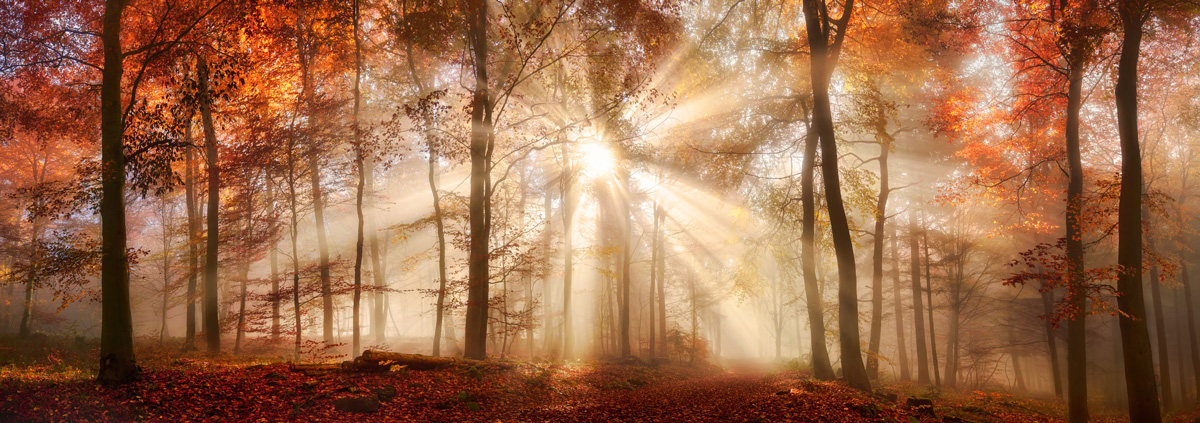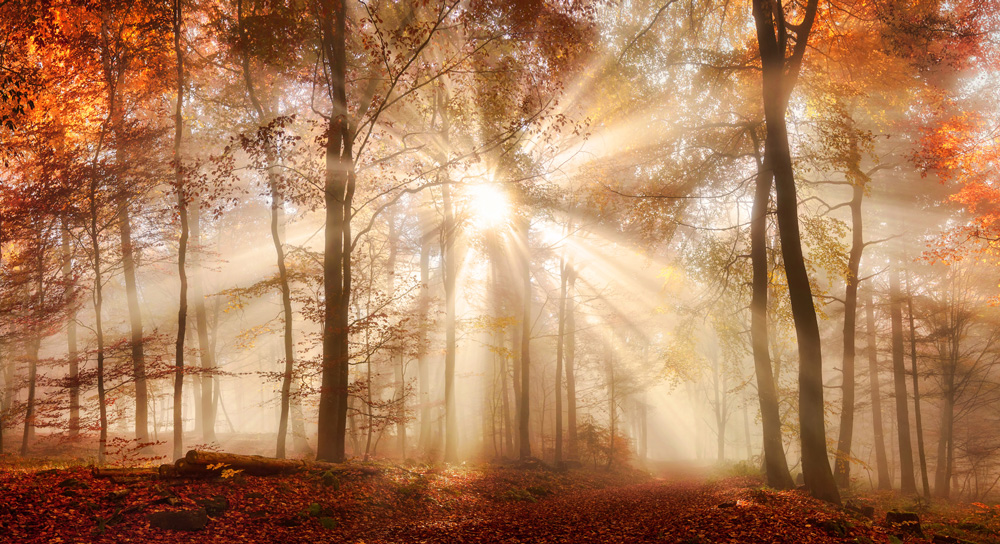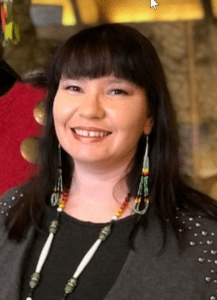Traditionally, the change of seasons signals transformation in the natural world. As we move toward the end of August, the weather tells us that the earth is shifting in its journey around the sun. Animals, plants and humans alike begin to prepare for the coming autumn—a time of harvest, when we reap the results of what we sowed in the spring. We ready ourselves to gather plants from the prairies, vegetables from our gardens, lawn chairs from our patios, and the proverbial fruits of our summer labor.
We also begin to think about the next few months of autumn activities. We look forward to wearing sweaters and seeing magnificent fall foliage. We eagerly await savoring warm soup on a chilly night. We anticipate green chile season in the Southwest and the salmon run in the Northwest. We also begin planning for the winter, storing up things we’ll need to secure our homes and families in the coming months of cooler weather.
This year, however, we have much more to consider. This year, we must prepare for an autumn and winter with COVID-19—something none of us have ever had to do. Living with a global pandemic is new to all of us. We wonder when our kids or grandkids will go back to their schools. We wonder whether or not we will be able to celebrate holidays in person with our friends and families. We wonder when we will be able to get back to “normal.” And beyond all that, our country will have a major election in November. Our fragile society will choose a path forward that will impact every facet of our lives, from our education system and our economy, to our government and even our postal system. This year, the change in seasons brings unprecedented uncertainty.

The good news is that, if COVID has taught us anything, it is how to identify what is essential. Though we may be overwhelmed with the extra weight of a pandemic on our lives, the simple act of acknowledging it allows us to introspectively examine what it is that we really need right now. What activities are critical, and which ones are less important? What practices are working, and which ones could we make more effective and efficient? Taking the time now to honestly assess our lives and our future will be critical in the months, and even years, to come.

After this fall, even with all its uncertainty, the seasons will change once again. Plants and animals will settle into dormancy and hibernate for the winter. Nature herself will be at rest, guiding us to do the same. And in the meantime, our world is in a period of transformation, so I would encourage you to gather your energy for one last push through autumn. Then we can rest until next year. But even in this busy time, I hope you will take a moment each day to rest, reflect, and restore yourself. Self-care will keep you going, not only for yourself and your loved ones, but also for the world around you. We are all part of this vast humanity, and we will get through this season together.
Christine Diindiisi McCleave (Turtle Mountain Ojibwe)CEO
(Bio)

